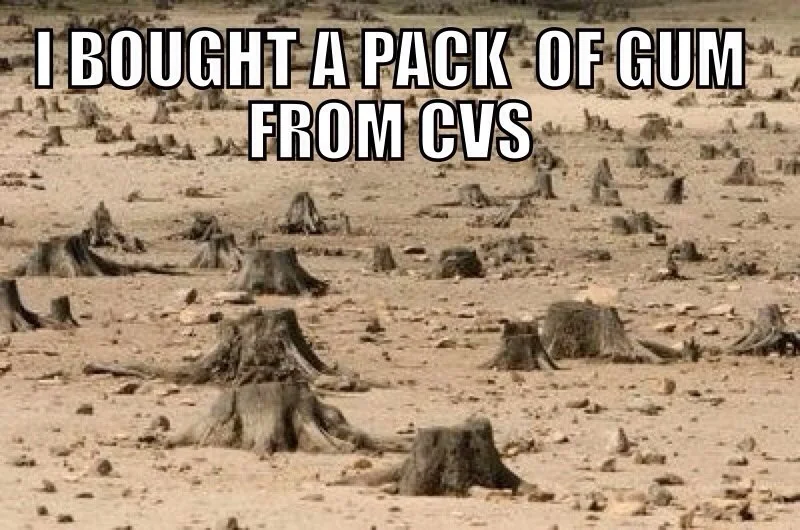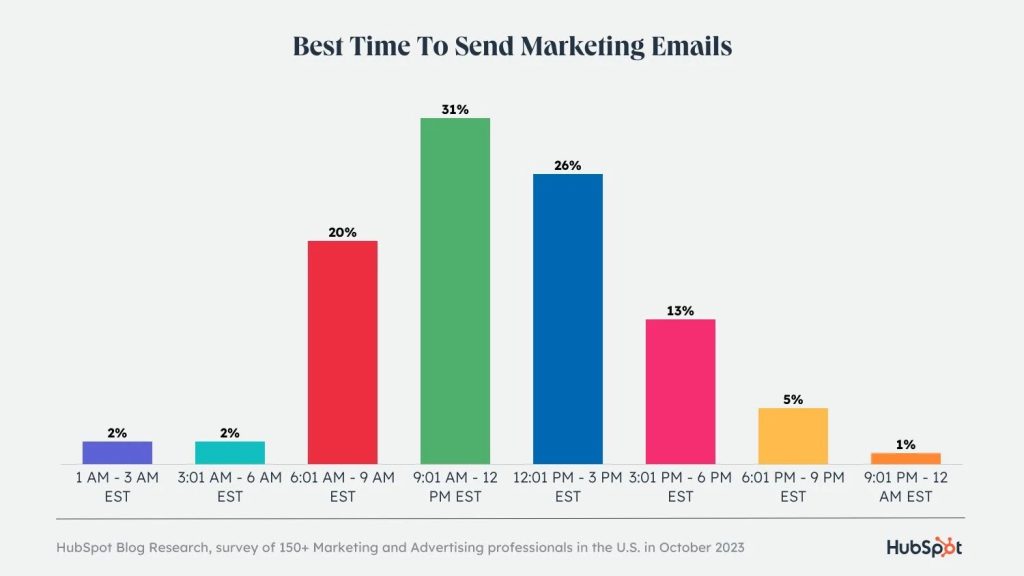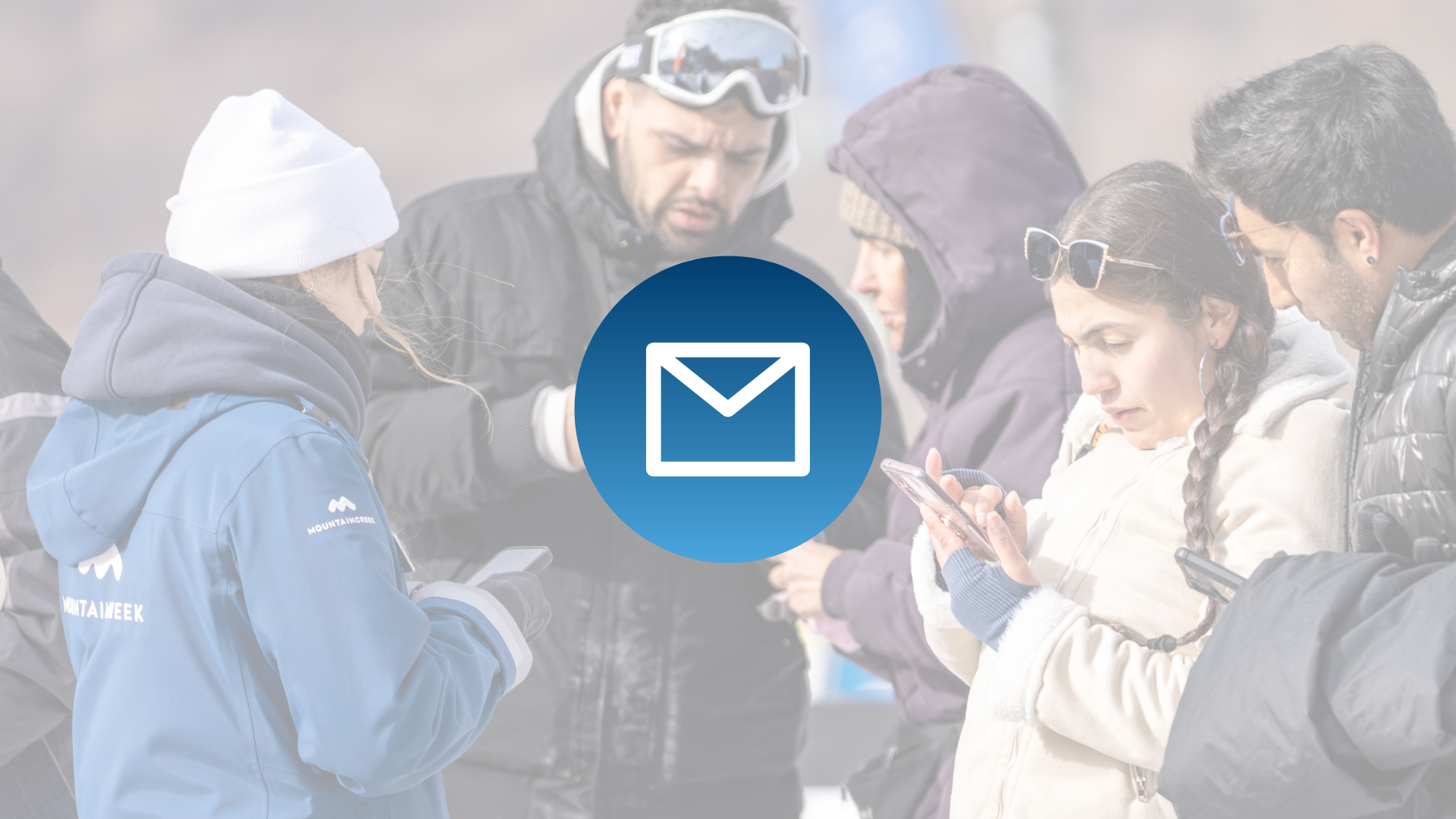Email marketing is one of the most powerful ways to stay connected with guests, drive revenues, and share timely updates. From snow reports to summer events, a well-crafted email builds loyalty and keeps your destination top of mind.
But effective email marketing isn’t about sending more, it’s about sending better. This guide outlines the foundational do’s and don’ts of guest-focused email marketing, designed specifically for teams who are just getting started.
The Do’s of Email Marketing
1. Build a Permission-Based List
Only contact people who’ve opted in. Use website forms, ticketing portals, and check-in kiosks to collect signups legally and ethically.
2. Write a Clear, Clickable Subject Line – Then Test It
Keep it short and specific, around 5–9 words.
Avoid vague language. Instead of “Big News”, try “Season Passes Now On Sale”.
Use tools like Subjectline.com to evaluate and optimize your subject lines for length, clarity, and engagement before you hit send. This can help boost open rates and avoid spam triggers.

3. Focus on One Message
Stick to a single topic per email: new passes & products, upcoming events, terrain openings, etc.
One clear call-to-action (CTA) will drive better results than three competing ones.
4. Keep It Short
Emails should be scannable, not scroll-heavy. Don’t make it as long as a receipt from CVS.
Assume most people skim, so use bullet points, bold headlines, and quick CTAs.

5. Be Mobile-First
55% of emails are opened on mobile devices according to a recent study by eMarketer.
Use responsive design, large buttons, and short paragraphs, and make sure it renders correctly.
6. Use Consistent Tone and Messaging
Align your email tone with how your brand speaks on social and web.
Consistency builds trust and makes your emails instantly recognizable.
7. Track and Improve
Monitor open rates, clicks, and unsubscribes.
Use this data to test timing, subject lines, and content style.
8. Use Alt Text Descriptions on Images
Alt text ensures recipients can understand your email’s images even if they don’t load or if they use screen readers, improving accessibility and maintaining message clarity. It’s also a best practice that helps emails look polished and professional across all devices and clients.
9. Invest in Great Photography
High-quality images set your emails apart. Professional, well-lit photos of your resort, amenities, and guests in action help convey your experience authentically and inspire your audience.
Avoid stock imagery when possible, real photos of your resort build trust and emotional connection.
Ensure images are optimized for web: good resolution but compressed to minimize file size (ideally keeping your entire email image payload under ~1MB).
Emails with images and great multimedia have the highest performance, according to HubSpot Blog Research.
10. Place Helpful Links & Contact Info in your Email Footer
Always include your resort’s website, contact details, social links, and key links (like FAQ’ s) in your email’s footer so recipients can easily get more information or contact you.

11. Send Your Emails at the Right Time
You could write the perfect email, but if it lands in someone’s inbox at 2:00 AM, good luck getting them to read it.

Make Email Marketing Easier with SnowCloud CRM
Managing guest communications doesn’t have to be complicated. The new SnowCloud CRM helps you organize your guest database, segment your audiences, and schedule targeted campaigns, all from one place.
You can easily track opens, clicks, and opt-outs, ensuring your emails stay compliant and effective. Best of all, SnowCloud CRM is designed specifically for resorts and attractions, so you can personalize messaging based on past visits, preferences, and booking behavior.


We’d love to show you the future of resort operations.
The Don’ts of Email Marketing
1. Don’t Spam
Never buy or scrape email lists.
Respect frequency—weekly or bi-weekly updates are usually enough.
2. Don’t Skip the Unsubscribe Link
It’s legally required and helps maintain a healthy list.
3. Don’t Overuse Images
Avoid large or animated GIFs, they can slow down load times or break in mobile apps.
Keep your total image payload under ~1MB to ensure smooth and fast delivery.
4. Don’t Overdesign
Stick to a clean, readable layout. Avoid using too many fonts or excessive styling.
Visual simplicity helps your CTA stand out.
5. Don’t Ignore the Preview Text
This line appears next to the subject line in most inboxes.
Use it to complement your subject with more context or urgency.
6. Don’t Be Inconsistent
Changing voice or style between emails creates confusion.
Stay true to your brand in every message, every time.
7. Don’t Place Header Copy Inside Images
Placing header copy inside images is a poor strategy because many email clients block images by default, meaning your headline won’t be seen. Plus, text in images isn’t accessible to screen readers, reducing both visibility and accessibility. Always use live text for headlines to ensure your key message is readable everywhere.
8. Don’t Send Image Only Emails
Emails that are all image content (with no supporting text) may get flagged as spam and won’t be readable if images are blocked.
9. Don’t Use Misleading Subject Lines
Avoid “bait and switch” tactics. Your subject line should reflect the content of your email to build trust and reduce unsubscribes.
10. Don’t Send From a “no-reply” Email Address
Sending from “no-reply@yourdomain.com” feels impersonal and discourages engagement. Use a real, monitored address to foster trust and dialogue.
Helpful Links
ReallyGoodEmails.com
ReallyGoodEmails.com is an online gallery that curates examples of outstanding email design and copywriting from top brands across industries. It’s widely used by marketers, designers, and content creators as inspiration for crafting effective, beautiful, and user-friendly emails.
The site showcases real-world email campaigns categorized by industry, purpose (e.g., welcome emails, promotions, event invitations), and design style, making it a go-to resource for anyone looking to improve their email marketing quality.
It’s a great place to:
- See best practices in action (layout, structure, calls-to-action).
- Get ideas for clean and modern designs.
- Learn how top brands balance visuals and messaging.
Litmus.com
Litmus.com is a leading email testing and optimization platform used by marketers to build, test, and analyze email campaigns before they send them.
Key features include:
- Email preview testing: See exactly how your email will look in dozens of email clients (like Gmail, Outlook, Apple Mail) and on various devices.
- Spam testing: Check your email’s likelihood of being flagged as spam.
- Link and image validation: Ensure everything works before sending.
- Analytics: Measure engagement and identify where recipients are reading your email.
SubjectLine.com
Subjectline.com is a free tool that evaluates your email subject lines and scores them based on factors like length, word choice, urgency, and potential spam triggers. It helps marketers craft subject lines that drive higher open rates and stay compliant with best practices for inbox placement.
